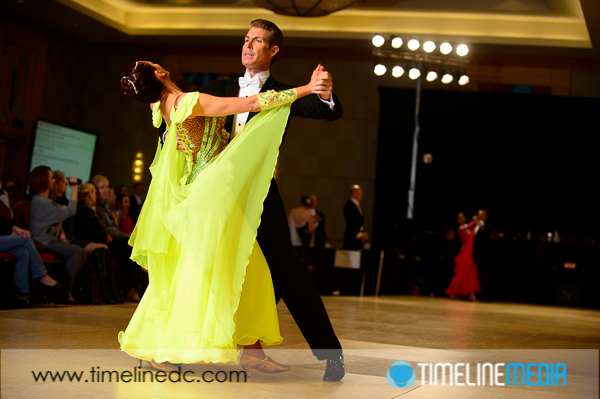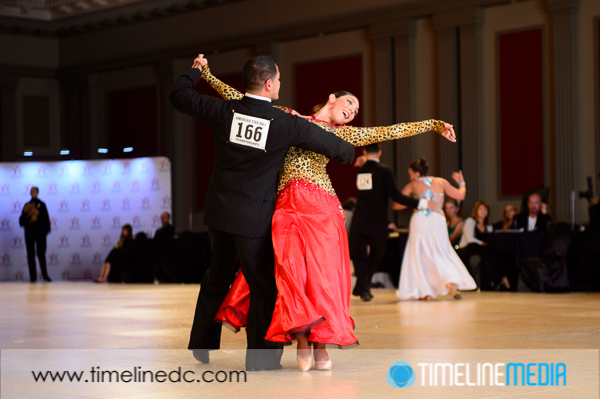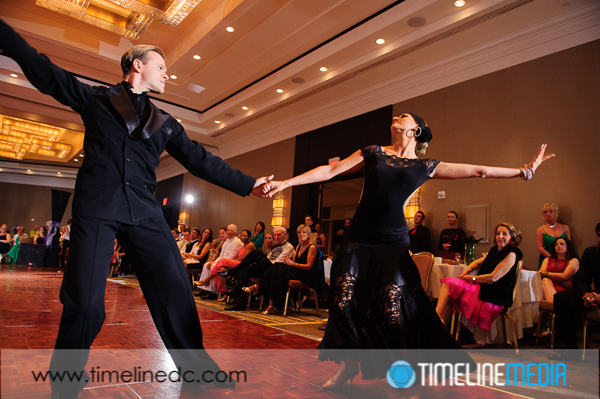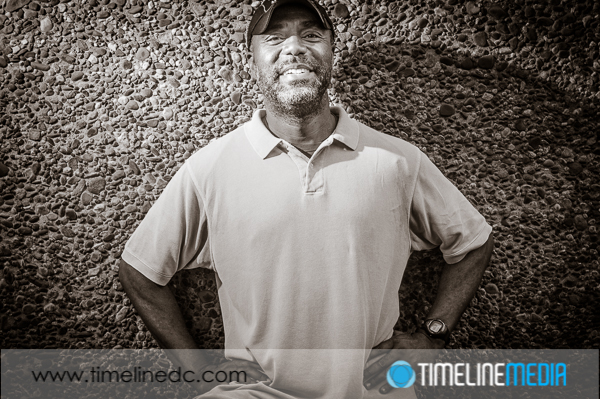
In two previous posts, here and here, I wrote about lessons learned from studying another sports photographer to improve my own photography. I will be going out to another sporting event today, and will be on the look out for more inspiration. Another lesson that Dave Black will emphasize with action sports photography is gear. Yes, this aspect of photography can be really overdone! In the competitive world of sports photography, it can be determining factor in whether you can survive shooting only sports.
Photography Kit
If the people around you are shooting at 200mm, you need to get a 300mm length lens. Comparatively if everyone is shooting at 400mm length, you need to get a 600mm length lens. If everyone has an 800mm lens, you need to stick a teleconverter on your lens to extend passed 800mm. Moreover if this sounds like an incredibly expensive “arms race”, it is. But it is hard to argue in an age where everyone has access to good camera bodies, and long lenses – where iPhone and tablet photos can pass as publishable images for newspapers and websites. Photographers also need to up their game in terms of equipment, and putting that equipment in places where everyone else does not have access.
The last point that stuck with me from Dave, is positioning of the photographer with relationship to his subjects. When shooting sports, it is important to get down low to the ground. The subject you are aiming for, if they are down the field, will look like they are right in your plane of view. And when they start to move towards you, then will look larger and fill up the frame making for an “hero” shot composition. Viewers will be drawn to the main subject. They will look powerful and dominate the frame which is the goal in most action images – even from the dance floor!
Sports Photographer
The sports photographer will be on the ground with knee pads or stretched out just off the edge of the dance floor trying to get the camera to places that people in the audience or in the stands would not be able to get their camera. This is their job, and why they are given the task and position in the venue. If they do not take advantage of their setting, then smartphone and tablet images will become more acceptable. And exceptional sports imagery will no longer be sought after by editors, and customers.
TimeLine Media – www.timelinedc.com
703-864-8208










